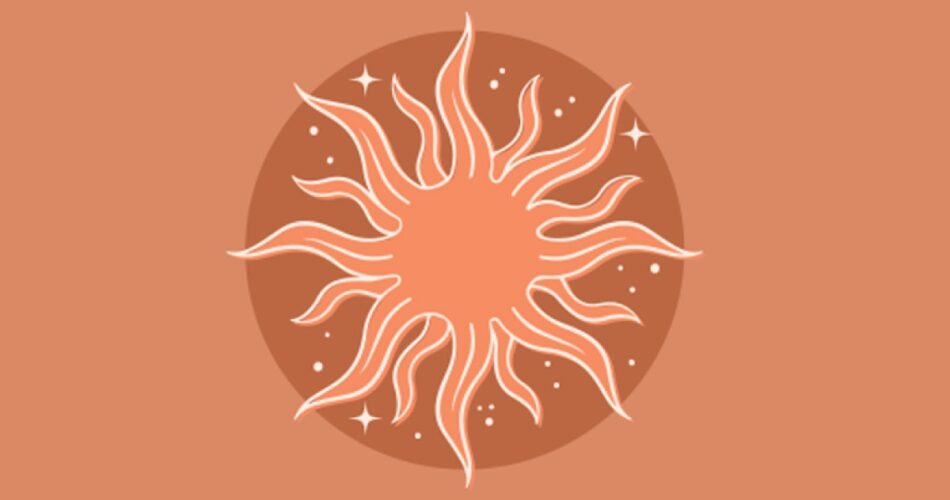In Vedic astrology, the quality of time is defined by the intricate interplay of several factors. Among these, Dina (weekday), Tithi (lunar day), and Nakshatra (lunar constellation) are extremely important. Each of these are governed by a planetary ruler.
Dina, or the weekday, represents the fire element. It carries the raw, active energy of a specific planet and sets the tone for the day. Just as fire initiates action and transformation, the weekday reflects the dominant force we are likely to encounter or express – be it Mars’ boldness on Tuesday or Venus’ grace on Friday.
Tithi, the lunar day, is ruled by the water element. It reflects the emotional and relational undercurrent of the day – how we connect, give, and receive. They help us understand whether a moment is meant for building bonds, letting go, seeking harmony, or initiating something bold.
Nakshatra, the constellation the Moon travels through, aligns with the air element. It governs the mental atmosphere and emotional tone of the day. Each nakshatra has its own deity, symbolism, and vibration that shapes our feelings, desires, and perceptions. Like air, nakshatras move subtly, influencing our thoughts and instincts.
While the overall moment is shaped by the entire planetary chart, when these three layers are ruled by the same planet, the energy of that planet becomes intensely amplified.
You can easily identify such days using the Transit Finder feature in the Cosmic Insights app – for instance, days when it’s Saturday, the nakshatra is Pushya, Anuradha or Uttara Bhadrapada, and the tithi corresponds to Saturn (Saptami and Purnima) Saturn’s energy is unmistakably heightened.
Let us now explore what this amplification feels like for each planetary force.


